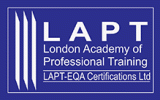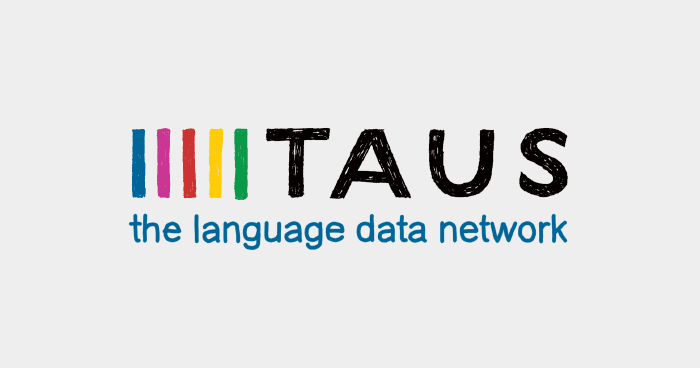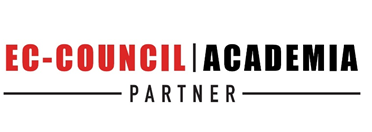Cover letter – Overview
The Cover letter is the candidate’s voice, allowing the applicant to give more information than the technical resume, suggesting how their experience and skills will be a good fit for a specific position in a specific company.
Altering a cover letter
Change in careers requires the candidate to show the hiring manager how their unique story will benefit the organisation.
Changing careers cover letter should specifically detail transferable skills to demonstrate how a past work experience equipped the candidate with the skills relevant to the offered position.
Adhering to the same format as a standard cover letter, the career-changing cover letter should differ by additional pieces of information:
The opening paragraph
The introduction should mention the essential skills or qualifications relevant to the role. It should show the hiring manager the excitement from having the foot in the door and the opportunity, even if it means to start at an entry-level position.
Mention of soft transferable skills. This could be critical thinking, conflict resolution, creativity or work ethic.
Adding quantified performance from previous jobs, meaning, where possible include sales numbers, managing employees or completing a high-profile project. Even if the candidate does not have the subject matter expertise, it helps the hiring manager understand how the candidate will contribute to the company.
The middle paragraph
The cover letter’s body should outline the reason for the change into a new area of work as this could pre-empt questions the hiring team may have. The goal in this part is to show the candidate’s interest in the new industry and make the connection for how past experience could be valuable to the company, albeit the candidate being a newcomer.
The reasons why one would be interested in changing career are varied. Still, it is not rare that before making the change, some period of not being employed or employment has been terminated that way or another, e.g. Covid19 redundancies. This part of the cover letter should address any career gaps and prominently, describe how was the time being used to address the change and the candidate remained professionally engaged with the new path to be taken.
The closing paragraph
This part should conclude what has been said, thanking the hiring manager for their time and signing off. It is also appropriate to provide any further information the hiring manager may have during this part.
All in all, a cover letter is critical to make an excellent impression on the employers. If anyone is facing any difficulty in making a good cover letter, they can attend any resume-making class, giving tips on cover letter making. Logitrain is a very supportive organisation for this purpose. They have career counselling sessions in which they provide resume-making classes and tips related to a job interview. They provide IT training certifications, which can enhance your resume’s effectiveness.
Note: Logitrain can guide you and assist you in your job-seeking process. For more information, students can research on their own. Good Luck!












